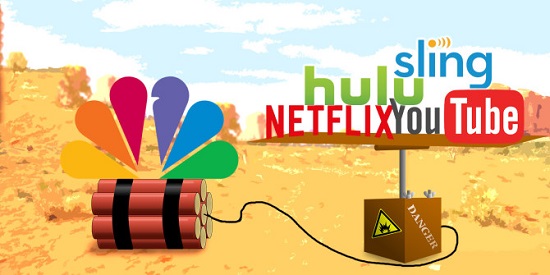We at Technology Bloopers are tired of being ripped off and we’re not going to take it anymore! We were paying Comcast a total of $86 per month for our home office business account and a whopping $156 per month for our TV. To add insult to injury, the user interface for selecting movies was not only hard to use but contained annoying videos unrelated to our searching for movies. Fortunately, this interface had annoyed us to the breaking point (and our aging DLP chip in our rear-projection TV set had lost a lot of its tiny “fingers”, looking increasingly like a starry night all the time) so that we had very recently contracted with a home theater installer who understood the pricing structure of Comcast. He arranged a deal with a total cost per month of about $60, compared to the former total of $242.
Admittedly, a lot of the savings came from removing the TV part (we have little interest in TV most of the time, and resent paying a huge fee for it). And for the small amount of TV there is a little-known, but FREE, alternative that provides most of the programming—an antenna (either indoor or outdoor.) So a large fraction of people are paying huge fees for something that is free. (Incidentally, both alternatives deliver a lot of advertising.)
By coincidence, the Wall Street Journal’s new Personal Technology columnist, David Pierce, chose as his first column (on February 15) to discuss the various alternatives to cable TV that use the Internet but are considerably less pricey.


